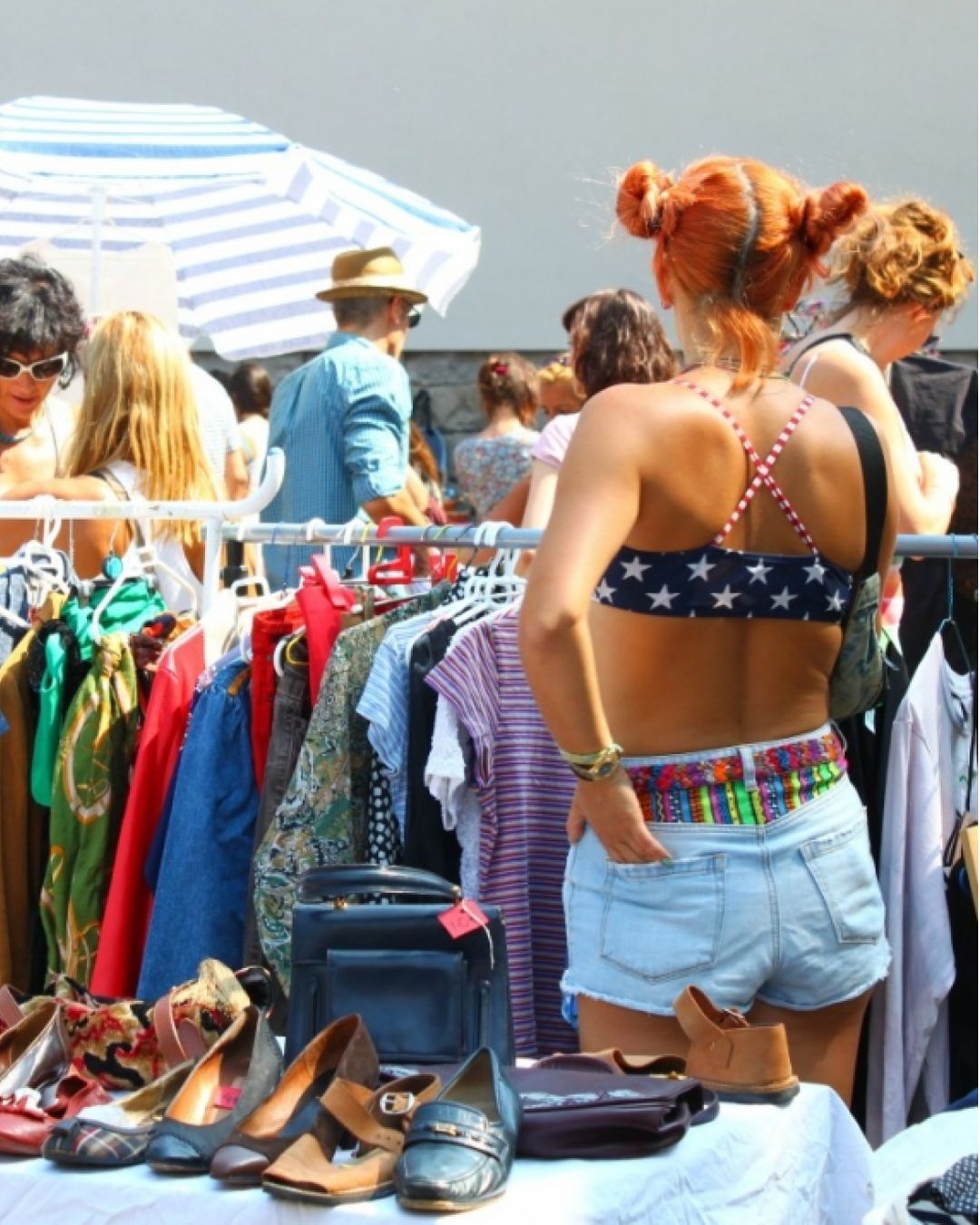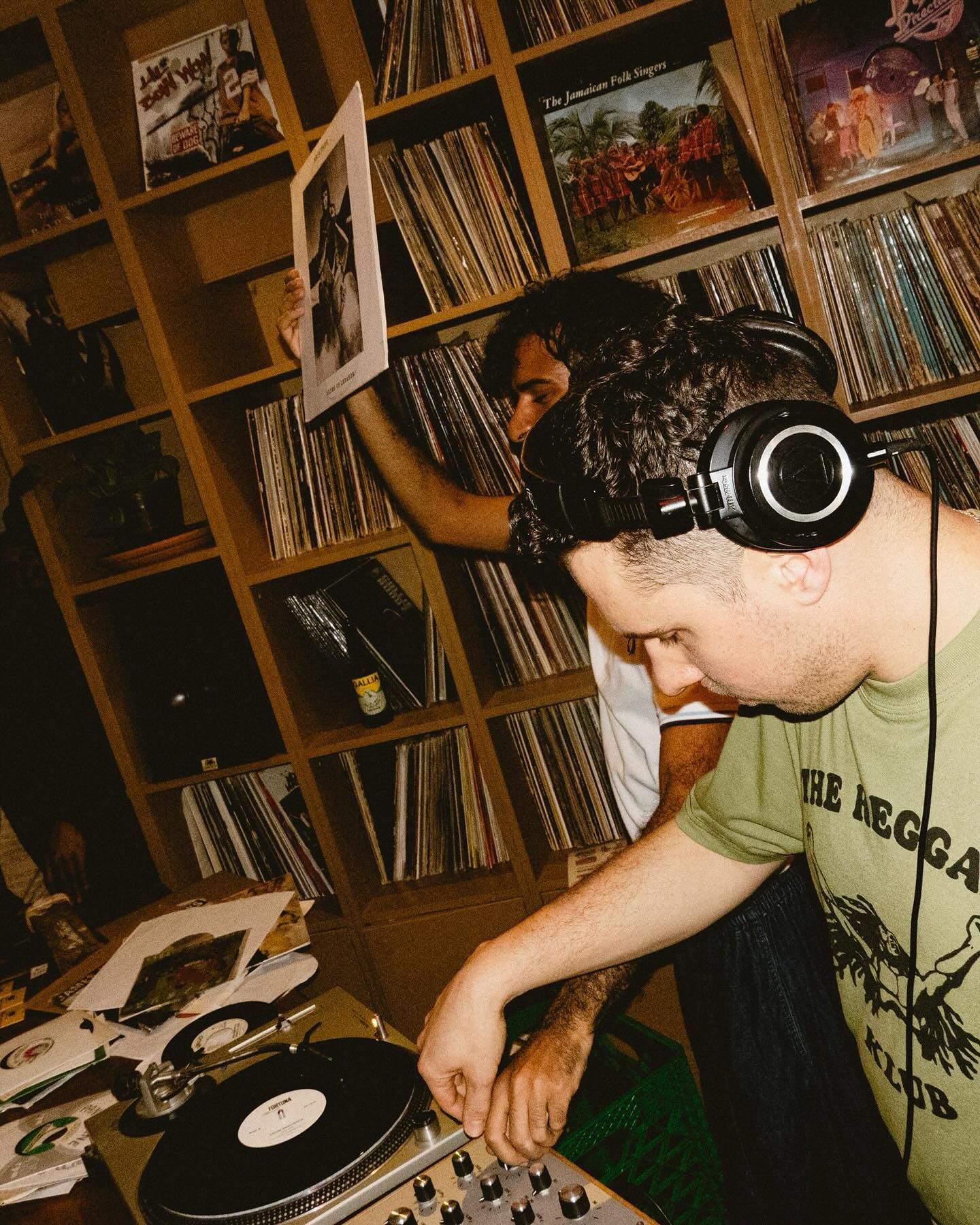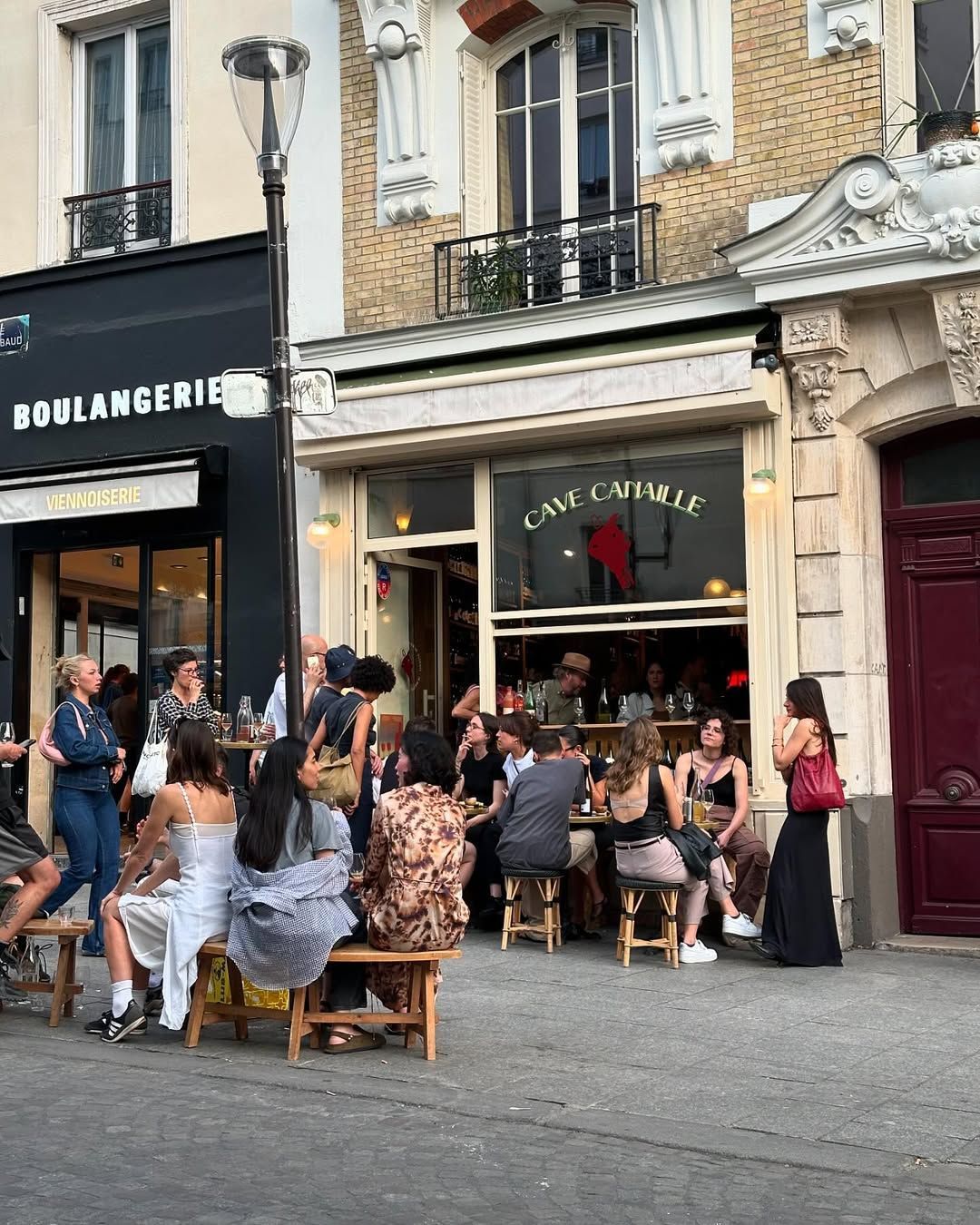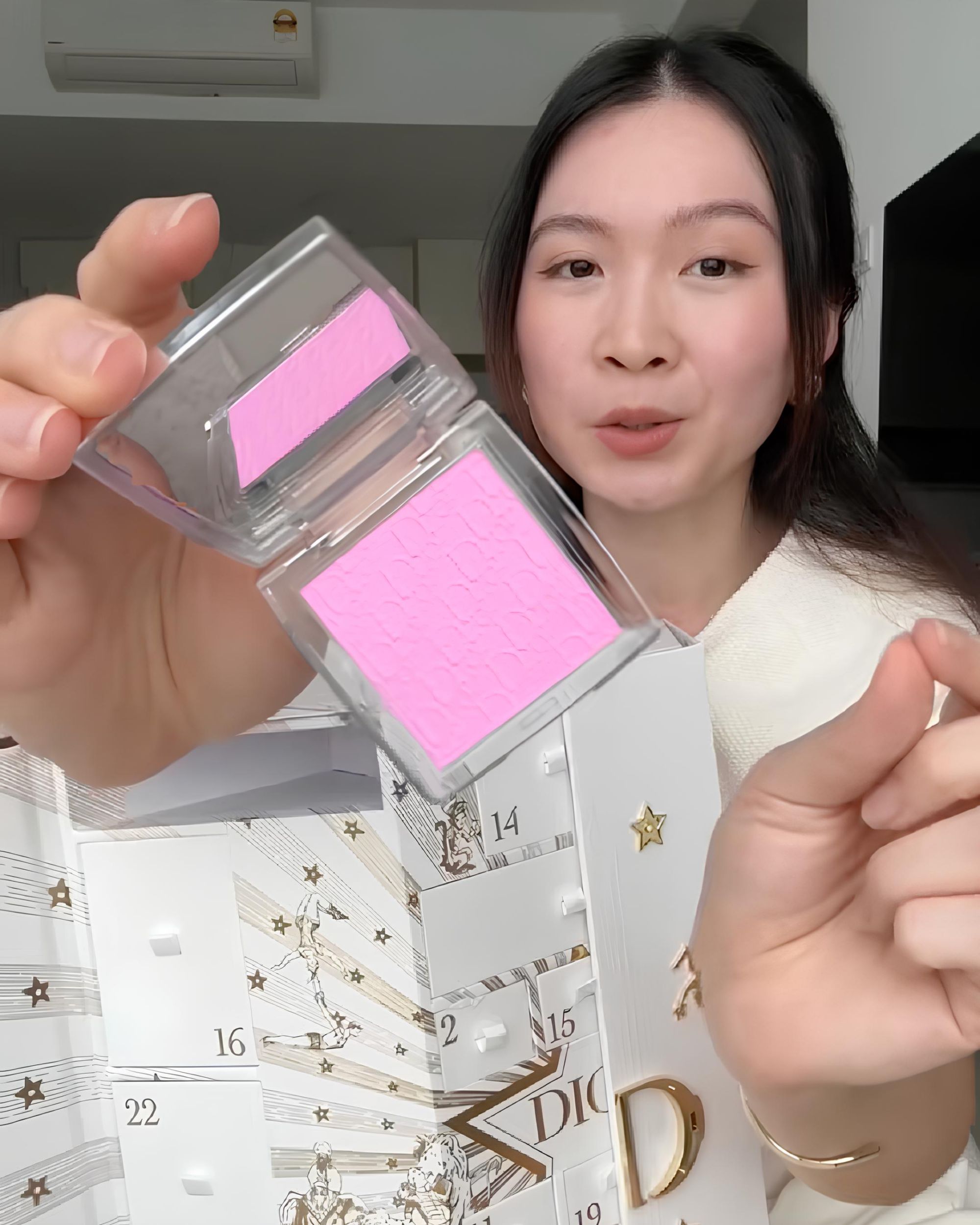
Paris flea market guide From luxury vintage furniture to cheap but cool bric-a-brac
Although Paris is the fashion capital, a symbol of Haute Couture, luxury, and French elegance, it is also the birthplace of countless flea markets and second-hand fairs, all hiding unique antique treasures at bargain prices. While the term "flea market" may carry a negative connotation, implying that the second-hand clothing and objects found there are dirty and were initially reserved for the poor who couldn’t afford new items, second-hand fairs and thrift shopping are now seen as a cool and stylish concept embraced by different generations from all social backgrounds. Flea markets in Paris, which have been present in the capital since the Middle Ages, are now booming to cater to this diverse audience, and are popping up like daisies across the city. So much so that it’s even difficult to know where to go, depending on your budget and preferences. But since every problem has a solution, Australian journalist Kate Van den Booger offers us answers, which we complete with a guide to the best markets in Paris that are a must-visit.
Arriving in Paris straight from Melbourne in the 2000s, after having lived there during her youth as part of a study abroad program, Kate Van den Booger is the author of "Makers Paris", an illustrated guide highlighting the people behind 35 shops, workshops, and other unique places in the City of Light. In a constant quest for hidden addresses and great deals tucked away in some alley of the French capital, she shares her love for flea markets and celebrates the history and culture of the flea market concept, an art form in its own right. Indeed, it’s not just about getting up early and dragging yourself to the market half-heartedly to find collectible pieces. The art of thrifting not only involves tacit rules and requires adopting specific techniques to avoid missing out on the best deal of the year, but most importantly, it's about knowing where you're going.
For good reason, flea markets can sometimes prove to be endless labyrinths where it’s easier to get lost than to shop. The most famous in Paris is the Saint-Ouen Market: covering 7 hectares, attracting 11 million visitors per year, and with some 1200 antique dealers, it consists of no less than 12 smaller markets and is the 5th most visited site in France, attracting flea market enthusiasts from all over the world. “Some fit the idea of a flea market, but some of the most exclusive and expensive antiques in the world change hands there, and everything in between,” explains the writer. For example, the Vernaison Market (the oldest in Saint-Ouen) has kept the authentic spirit of the original flea markets, while the Paul Bert Market, with its 250 stalls, offers a sophisticated and modern take on second-hand goods.
As for other markets blossoming in Paris, there's the Montreuil Flea Market, a somewhat less trendy option than the previous one but still valid, especially for bric-a-brac lovers looking for small quirky items at low prices. In Montreuil, the treasures are many, but well hidden. You need to dig around to find that rare gem, but isn't that the best part of thrifting? In Faubourg-Saint-Antoine, you'll find a small market with a countryside feel, in a relaxed and pleasant neighborhood with the charm of a village yard sale. Montparnasse, on the other hand, offers a market with a more artistic and cultural DNA, almost comparable to a large open-air art gallery, allowing visitors to engage directly with the artists selling their works. For book lovers, Les Bouquinistes de Paris offers a wide selection of books along the Seine (from Pont Marie to Quai Voltaire), with around 226 booksellers offering a vast range of literary options, from French and international literature classics to the latest releases.












































